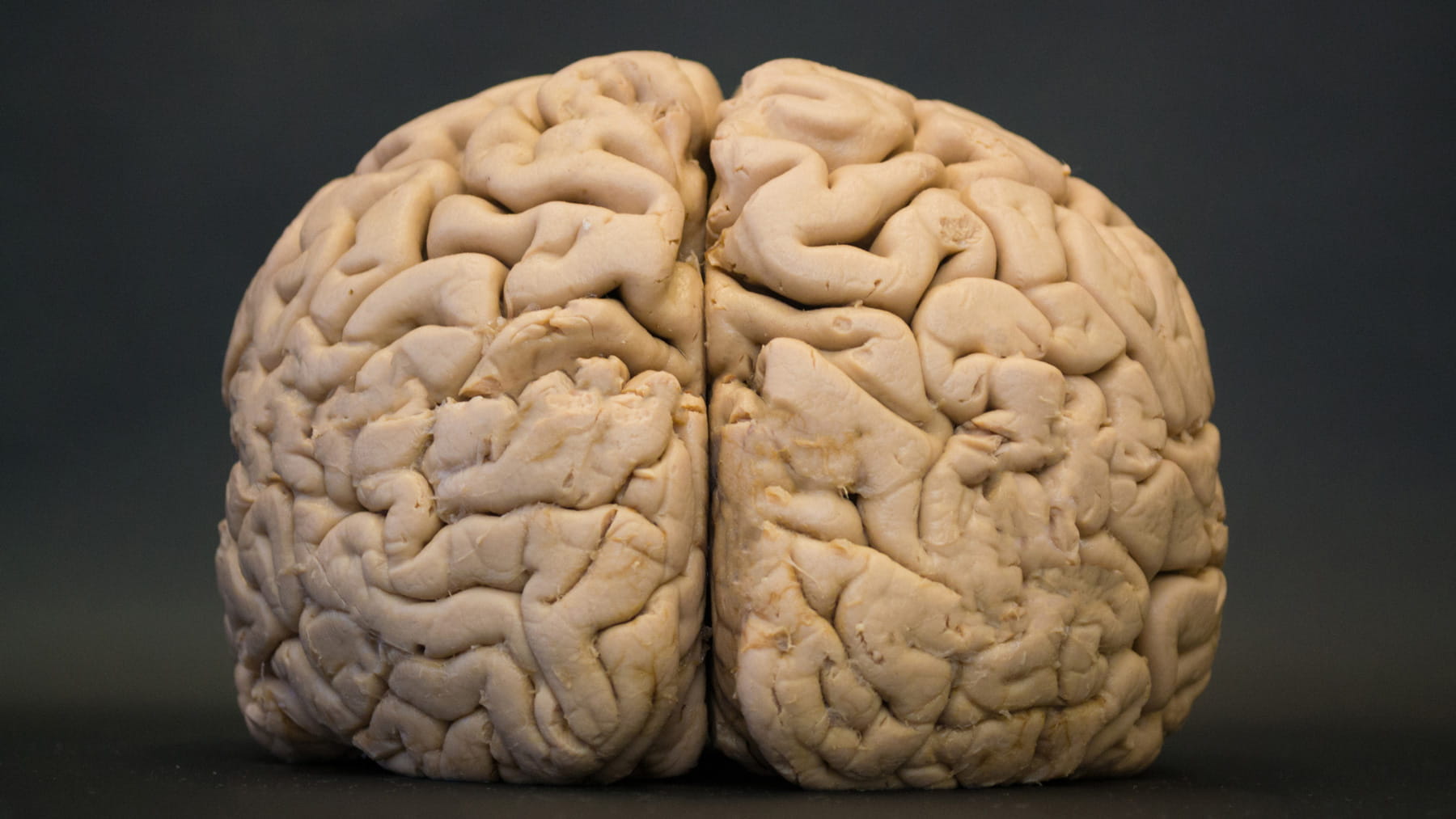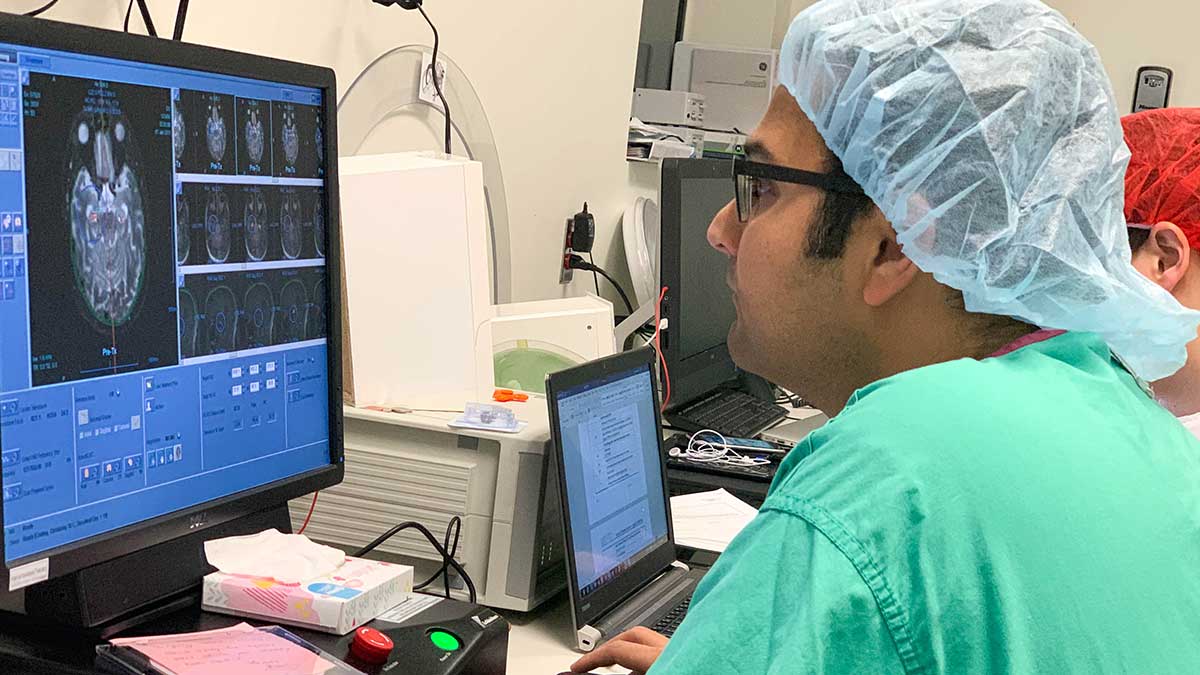Forget the right vs. left myth: You’re whole-brained

So, if we’re “left-brained,” we’re more literal and, if we’re “right-brained” we’re more creative. Is it true?
Is it really that simple?
As you might expect, the brain isn’t that simple. If you used only half of your brain, you wouldn’t be able to function properly. For example, the right frontal lobe largely controls the left half of your body’s movement—damage to the right frontal lobe can therefore result in partial or full paralysis of the left side of the body.
Indeed, most of our brain functions all the time, but some areas function “more” at certain times than others.
These ideas interest me because my expertise is in cognitive changes that can occur secondary to medical events and conditions. My primary area of interest is in adults with brain tumors, but I also see patients with conditions such as Alzheimer’s disease, Parkinson’s disease, epilepsy and multiple sclerosis.
I evaluate their performance on standardized measures in comparison to other adults in their age range to determine whether decline has occurred. Then I help figure out why those changes occurred and what patients can do to maximize their everyday functioning and quality of life.
How does the brain work?
The brain is like a city map. We can locate certain places in the city we want to visit and also find what joins them, whether it’s a roadway, walking path or public transportation route. Likewise, certain brain structures seem to control certain bodily functions, and the connections between the structures are just as important.
The right and left hemispheres communicate significantly via a few different very well-established connections. That communication across hemispheres allows us to function at our best.
Although some areas of the brain can rebuild or establish new connections to effectively bypass dysfunction (the concept of plasticity), damage to these connections can result in just as much or more dysfunction than if the civic connections were disrupted.
The left hemisphere of the brain tends to be mostly associated with language skills, such as the ability to name objects and remember a list of words. The right hemisphere tends to be more associated with visuospatial skills, such as visual memory. However, the opposite or a mixture of both can occur, especially in individuals who are left-handed.
One thing I find interesting is that the left hemisphere is more associated with speech production, but the right hemisphere can help us understand the broader social meaning of the words that are said, such as whether someone is telling a joke versus being mean.
So does one side of the brain dominate?
Another myth is that one dominant side of the brain determines our personality.
Everyone has strengths and weaknesses in terms of their cognitive abilities. We also have different personality traits.
The idea that some of us are more analytical versus creative seems to combine both of those aspects of us. There is likely a gene versus environment interaction that ultimately determines those characteristics among individuals. But it hasn’t been supported as a right- versus left-brain phenomenon.
Similarly, I’m not aware of a connection between which hand is dominant and personality. As noted above, handedness does tie to language lateralization, but it isn’t a one-to-one relationship.
Erica Dawson is a neuropsychologist at The Ohio State University Wexner Medical Center and an assistant professor at the Ohio State College of Medicine.




